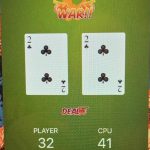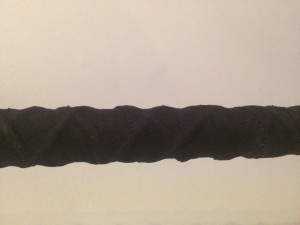Quill-
Quill by Story Studio walks you through a sort of story in it’s tutorials, having you connect dots (who are in love), and then connecting other dots (to make the place where they live), and other such activities. There’s also little colouring pages. You have a menu where you can choose colours and such, but it gives you a palette for simplicity.
Things you can change: colour opacity, brush (ex. Thin flat, square, round), brush size and line width.
You move through dragging and pulling, and it moves the canvas around you. Turning does turn the camera, though.
There’s also a straight line tool, for simplicity.
It also has some really stunning scenes you can move your way though, complete with music. They are very surreal.
The blank canvas and backgrounds are off white, so they aren’t too glaring and you can add white details.
To select things, you have to like push your hand down through the menu, which feels a little weird.
Medium-
Oculus Medium is rather complicated, and feels professional. The background can only be a sky or a flat colour of your choice. There is no movement feature, though you can move objects around you. The area you have to work in is relatively small, so you can reach everything.
There are a lot of precise tools in Medium, but it’s difficult and kind of confusing, because its more tuned to sculpting than painting. It’s easier to scrape away chunks of what you made than erase. Colours in Medium seem kind of dull, as well.
Tilt Brush-
Celina’s favourite, Tilt brush is less professional than Medium. You can chose from a range of environments, like sky, snow, and pink lemonade. There are pre built bases, like shapes you can draw on and others, like a dress form, snowman, and the little Android gun. Movement is done with a teleport feature, which allows you to move through the large area.
It has a mirror feature, which works in three dimensions if you like, but erasing from one side does not erase from the other which is odd. There is numerous different effects for brushes. Sparkles, air can, traditional paint brush, smooth, and more, and you select colour off of a grid. You paint with one hand, and hold the menu on the other, and can leave it on what you’d like for easy access.
Another interesting feature is when you scale things, it gives you an idea of it in relation to real life-human sized, elephant sized, etc. And one of the best features is that you can input your own pictures into the program, move them around, and even colour pick from them! We brought one in so Celina could try drawing a Magikarp (which I will upload pictures of after with the design part of this project).











